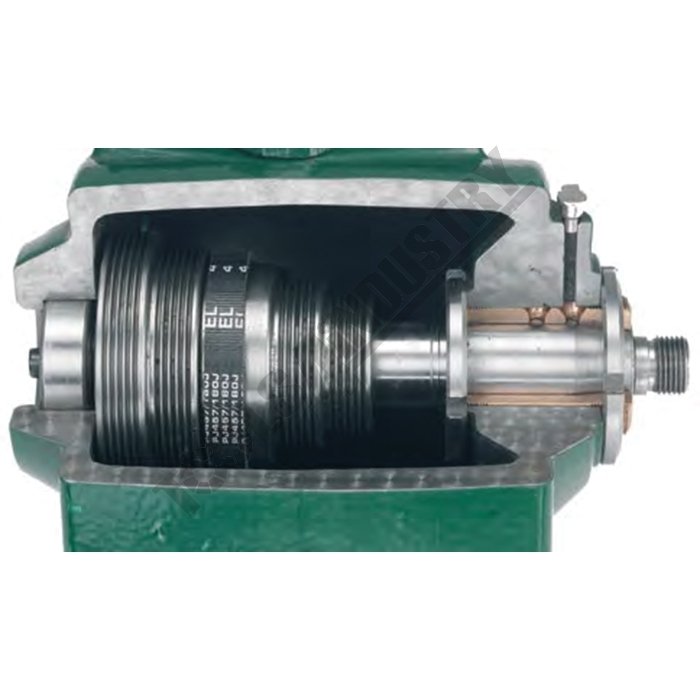Jacob":y8m742hs said:
It's a very odd design as all the thrust is taken by the sealed bearing at the other end.
To avoid confusion here, the sealed bearing is not a thrust bearing; it provides support and alignment for the shaft. The tapered bronze bearing provides a thrust and lateral support bearing surface which is cheap to manufacture, capable of absorbing large forces and runs very smoothly - if adjusted correctly. A very good example of cost effective, simple manufacturing.
The sealed bearing sits in the housing and must allow the shaft to expand/contract axially with temperature changes (it gets quite warm with prolonged use) or there would be serious problems develop with the shaft "trapped" at both ends.
Duncan






































